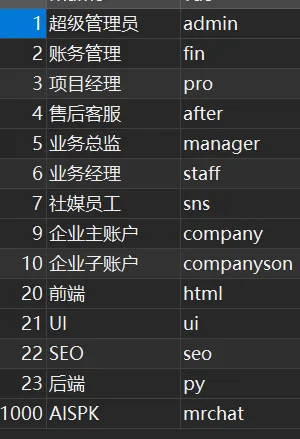



sodium hydroxide used in making soap
The Role of Sodium Hydroxide in Soap Making
Sodium hydroxide, commonly known as lye, is an essential ingredient in the art and science of soap making. It is a strong alkaline compound with the chemical formula NaOH. When mixed with oils or fats, sodium hydroxide undergoes a chemical reaction called saponification, which is the process that transforms these ingredients into soap. Understanding the role of sodium hydroxide and its proper handling is crucial for both amateur and professional soap makers.
The Saponification Process
The saponification process begins when sodium hydroxide is combined with fats or oils. Lipids, which are found in various plant and animal sources, are triglycerides composed of glycerol and fatty acids. When sodium hydroxide is introduced to these triglycerides, it breaks them down, resulting in glycerin and fatty acid salts—commonly known as soap.
The equation for this chemical reaction can be simplified as follows
\[ \text{Fat/Oil} + \text{NaOH} \rightarrow \text{Soap} + \text{Glycerin} \]
This reaction is exothermic, meaning it produces heat, which is an important factor to consider during the soap-making process. The concentration of sodium hydroxide used directly influences the hardness and the characteristics of the final soap product. Typically, the ratio of lye to oil varies based on the specific oils used and the desired properties of the soap.
The Importance of Accurate Measurements
sodium hydroxide used in making soap

In soap making, precision is key. Both the sodium hydroxide and the oils must be weighed accurately to ensure the correct saponification value is achieved. If too much sodium hydroxide is added, the soap can become harsh and irritating to the skin. Conversely, using too little lye can result in a soft, ineffective product that does not lather properly. Therefore, soap makers often use lye calculators to determine the precise amount of sodium hydroxide required for their specific recipe.
Safety Considerations
Sodium hydroxide is a caustic substance that can cause burns and skin irritation. It is vital for soap makers to wear appropriate safety gear, including gloves, goggles, and long sleeves, to protect themselves from accidental splashes. Additionally, the handling of sodium hydroxide should be done in a well-ventilated area to avoid inhalation of vapors that can occur during the mixing process.
When preparing sodium hydroxide for soap making, it is essential to add it to water, rather than the other way around. This prevents a violent reaction that can cause hazardous splashes. The solution will become quite hot as the lye dissolves, so caution must be exercised during this step.
Choosing the Right Oils
Different oils have distinct qualities, and the choice of oils can significantly affect the properties of the final soap. For instance, olive oil produces a moisturizing soap, while coconut oil creates a bubbly lather. Using a blend of oils can enhance the benefits of the soap, leading to a well-rounded product. When formulating soap, the type of fat used will also alter the required amount of sodium hydroxide due to differences in their saponification values.
Conclusion
Sodium hydroxide plays a pivotal role in the soap-making process. Its unique properties facilitate the transformation of fats into soap, allowing for the creation of a diverse range of products tailored to different preferences and skin types. By understanding the importance of accurate measurements, safety protocols, and the selection of oils, both novice and experienced soap makers can successfully harness the power of sodium hydroxide to create high-quality soap. As the craft continues to evolve, the fundamental principles of saponification remain a cornerstone of this time-honored tradition.
-
Why Sodium Persulfate Is Everywhere NowNewsJul.07,2025
-
Why Polyacrylamide Is in High DemandNewsJul.07,2025
-
Understanding Paint Chemicals and Their ApplicationsNewsJul.07,2025
-
Smart Use Of Mining ChemicalsNewsJul.07,2025
-
Practical Uses of Potassium MonopersulfateNewsJul.07,2025
-
Agrochemicals In Real FarmingNewsJul.07,2025
-
Sodium Chlorite Hot UsesNewsJul.01,2025










